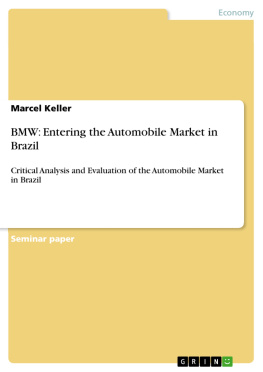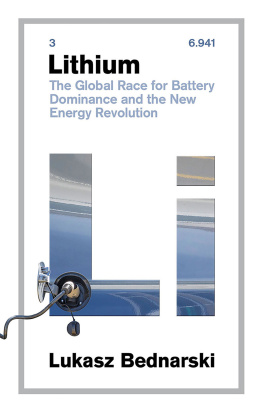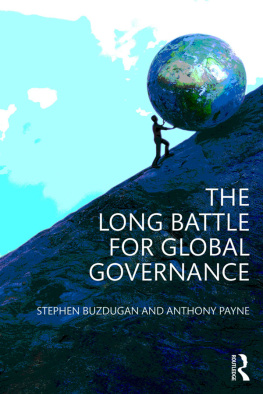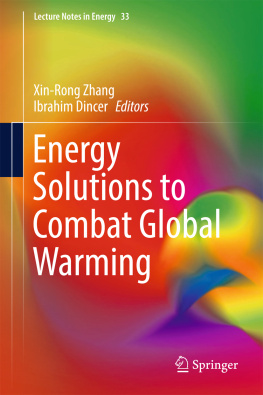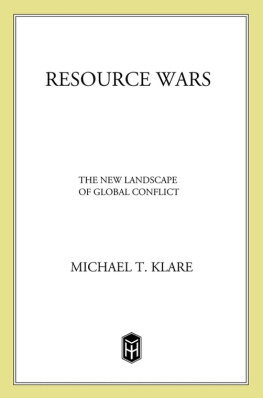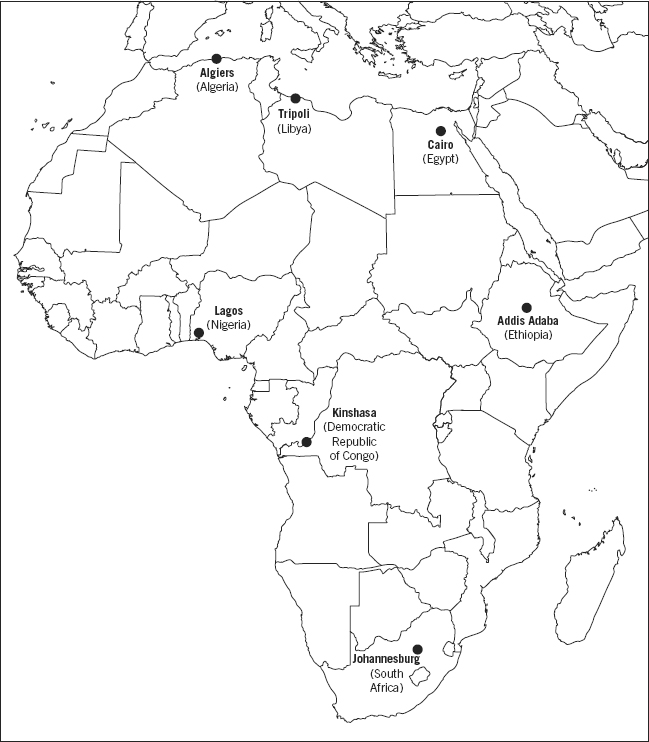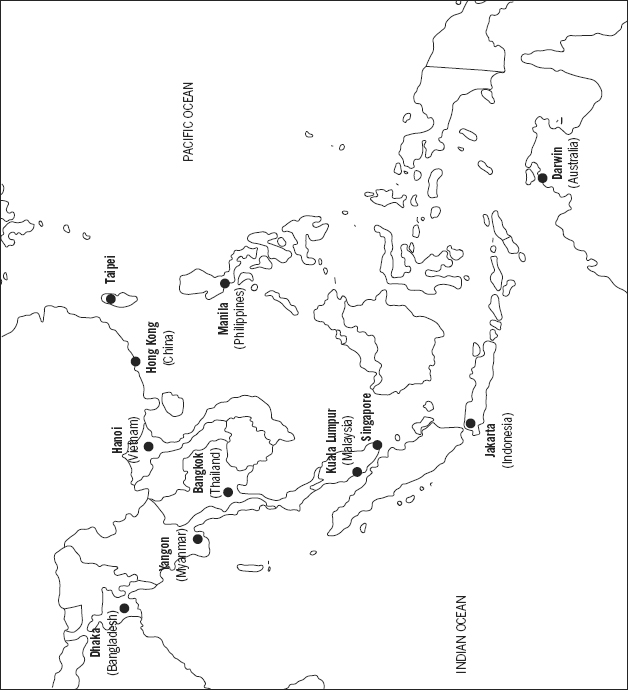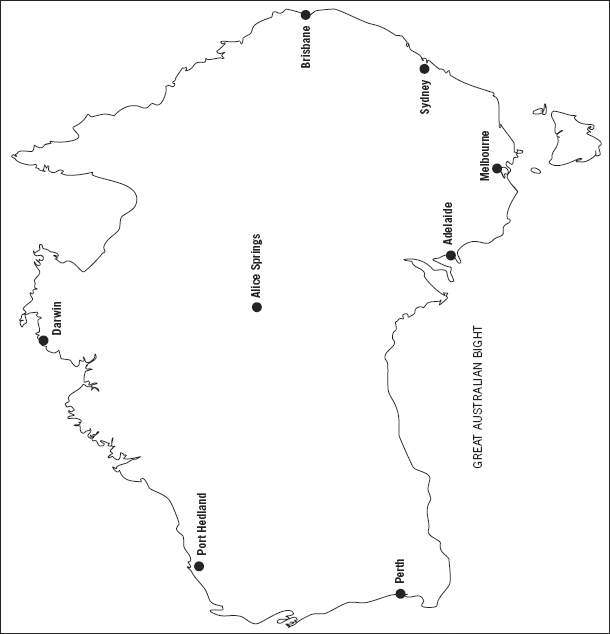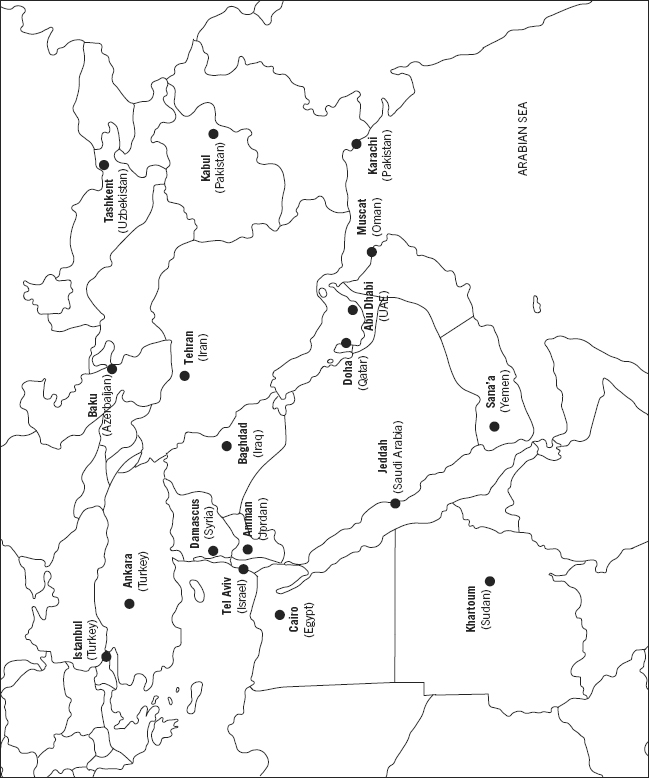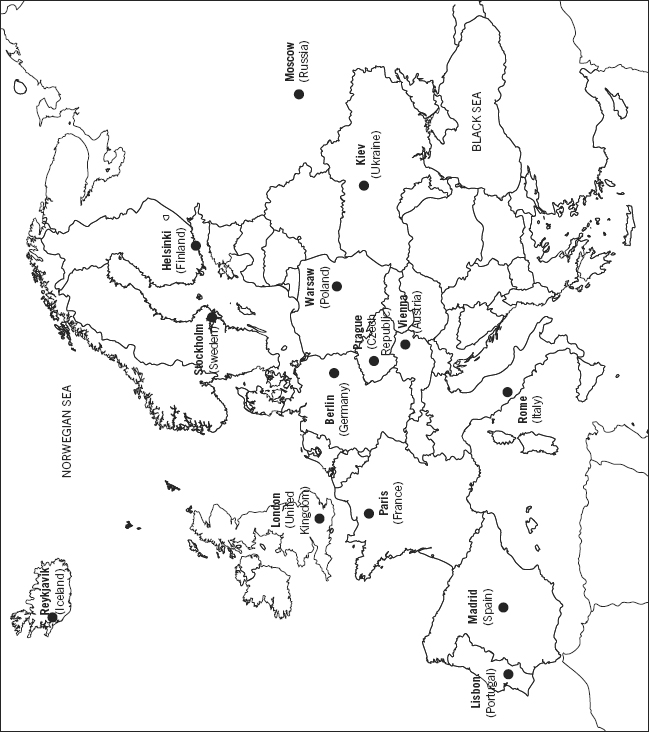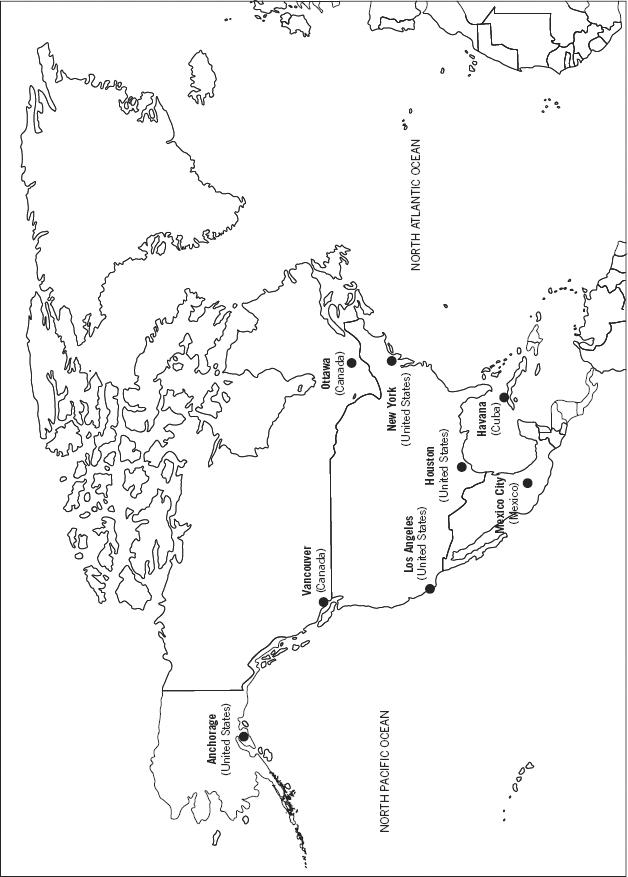Geoff Hiscock - Earth Wars: The Battle for Global Resources
Here you can read online Geoff Hiscock - Earth Wars: The Battle for Global Resources full text of the book (entire story) in english for free. Download pdf and epub, get meaning, cover and reviews about this ebook. year: 2012, publisher: Wiley, genre: Politics. Description of the work, (preface) as well as reviews are available. Best literature library LitArk.com created for fans of good reading and offers a wide selection of genres:
Romance novel
Science fiction
Adventure
Detective
Science
History
Home and family
Prose
Art
Politics
Computer
Non-fiction
Religion
Business
Children
Humor
Choose a favorite category and find really read worthwhile books. Enjoy immersion in the world of imagination, feel the emotions of the characters or learn something new for yourself, make an fascinating discovery.

- Book:Earth Wars: The Battle for Global Resources
- Author:
- Publisher:Wiley
- Genre:
- Year:2012
- Rating:3 / 5
- Favourites:Add to favourites
- Your mark:
Earth Wars: The Battle for Global Resources: summary, description and annotation
We offer to read an annotation, description, summary or preface (depends on what the author of the book "Earth Wars: The Battle for Global Resources" wrote himself). If you haven't found the necessary information about the book — write in the comments, we will try to find it.
The global competition for scarce natural resources that pits the West against the super-hot economies of China and India, plus a clutch of other contenders including Russia, Brazil, and Indonesia, has become one of the biggest issues facing the world today. Whether it is the rare metal lithium found in salt pans in the Andes, gas from the Caspian Sea, oil off the coast of Brazil, coal from Africas Zambezi River, or uranium from Kazakhstan, China and India are desperate to ensure the security of their future energy supplies. The same goes for food and water, as contamination and over-use take their toll, the need to provide continued access for the next generation and beyond has increased exponentially. In Earth Wars: The Battle for Global Resources, international business journalist Geoff Hiscock explores the problems, potential solutions, and inevitable tensions in this ongoing scramble for finite natural resources.
Going beyond big power politics to explore resource ownership and the use of innovative technology to get the most out of them, the book takes a forward-looking approach to this pressing issue. Written in clear, jargon-free language, it tells the global resources story in a fresh and engaging way that anyone can understand.
- Includes insightful, up-to-the-minute coverage of the most pressing debates over resource allocations
- Discusses the major Chinese and Indian businesses that are just becoming known to those in the West (Sinopec, CNOOC, CNPC, Indian Oil, ONGC, Reliance, Coal India, SAIL, and many others)
- Presents resource- and region-specific chapters to help readers view the pertinent issues from multiple angles
As the economies of China and India grow to challenge those of the West, the battle over natural resources will continue to heat up. Earth Wars looks at this very real problem in-depth, presenting a definitive look at one of the greatest challenges of our time.
Geoff Hiscock: author's other books
Who wrote Earth Wars: The Battle for Global Resources? Find out the surname, the name of the author of the book and a list of all author's works by series.

